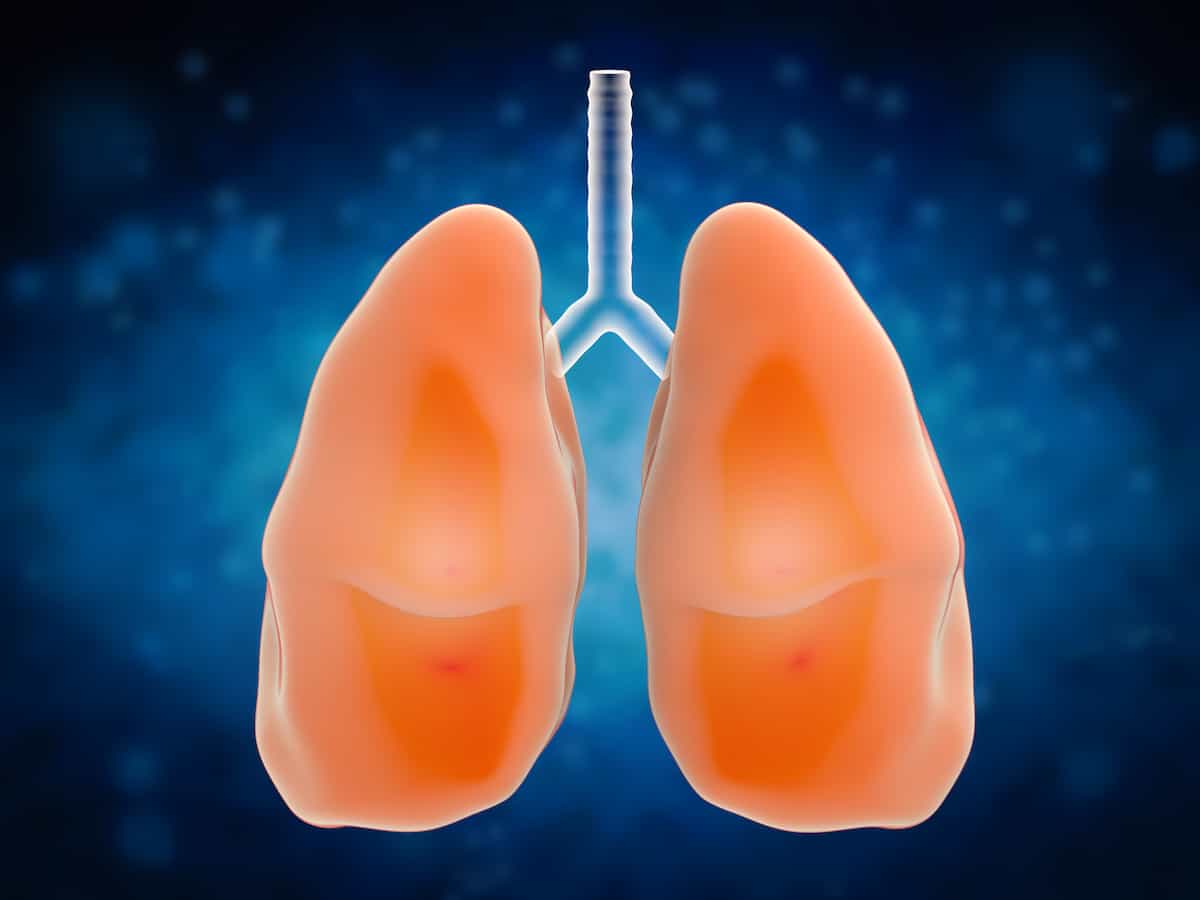Osimertinib Earns FDA Priority Review in EGFR+ Non–Small Cell Lung Cancer
The FDA is expected to decide on approving osimertinib for EGFR-mutated non–small cell lung cancer in the fourth quarter of 2024.
Supporting data for the sNDA came from the phase 3 LAURA trial (NCT03521154), in which investigators assessed treatment with osimertinib in patients with unresectable stage III NSCLC harboring EGFR mutations.

The FDA has granted priority review to a supplemental new drug application (sNDA) for osimertinib (Tagrisso) as a treatment for adults with unresectable stage III EGFR-mutated non–small cell lung cancer (NSCLC) following prior chemoradiation, according to a press release from the developers, AstraZeneca.1
The regulatory agency has set a Prescription Drug User Fee Act date for osimertinib in this population in the fourth quarter of 2024.
“Priority review of [osimertinib] in this early-stage curative setting is important for patients who currently have no targeted treatments available. We look forward to close collaboration with the FDA on an accelerated path to bring [osimertinib] to patients as a potential new standard of care as quickly as possible,” Susan Galbraith, executive vice president of Oncology Research & Development at AstraZeneca, said in the press release.1
Supporting data for the sNDA came from the phase 3 LAURA trial (NCT03521154), in which investigators assessed treatment with osimertinib in patients with unresectable stage III NSCLC harboring EGFR mutations.
According to findings published in The New England Journal of Medicine, the median progression-free survival (PFS) was 39.1 months (95% CI, 31.5-not calculable) with osimertinib vs 5.6 months (95% CI, 3.7-7.4) in those who received placebo (HR, 0.16; 95% CI, 0.10-0.24; P <.001).2 The PFS rates in each respective arm were 74% (95% CI, 65%-80%) vs 22% (95% CI, 13%-32%) at 12 months and 65% (95% CI, 56%-73%) vs 13% (95% CI, 6%-22%) at 24 months.
At 36 months, the overall survival (OS) rate was 84% (95% CI, 75%-89%) in the osimertinib arm and 74% (95% CI, 57%-85%) with placebo. Although OS outcomes indicated a favorable trend in the osimertinib arm, investigators noted that the data were immature at the time of the analysis (HR, 0.81; 95% CI, 0.42-1.56; P = .53).
Investigators identified no new safety signals associated with osimertinib in this patient population. Grade 3 or higher adverse effects (AEs) occurred in 35% of patients in the osimertinib arm vs 12% of those who received placebo.
“The trial met the prespecified criteria for the primary end point of [PFS] as assessed by blinded independent central review,” the study authors wrote.2 “Osimertinib treatment after definitive chemoradiotherapy showed a significant benefit with regard to [PFS] as compared with placebo.”
In the double-blind phase 3 trial, patients who completed chemoradiation were assigned 2:1 to receive osimertinib orally at 80 mg once daily or matched placebo. Study treatment continued until progressive disease or fulfillment of other discontinuation criteria.
The trial’s primary end point was PFS per blinded independent central review using RECIST v1.1 guidelines. Secondary end points included OS, survival without central nervous system progression, objective response rate, duration of response, health-related quality of life, and safety.
Patients 18 years and older with histologically documented stage III NSCLC of primarily non-squamous histology harboring EGFR exon 19 deletions or L858R mutations were eligible for enrollment on the trial.3 Other requirements for enrollment included having chemoradiation completed within 6 weeks before randomization, a World Health Organization performance status of 0 or 1, and a predicted life expectancy of more than 12 weeks.
Those with mixed small cell and NSCLC histology or prior interstitial lung disease were ineligible for enrollment on the trial. Patients were also unsuitable for enrollment if they had symptomatic pneumonitis after chemoradiotherapy, inadequate bone marrow reserve or organ function, refractory nausea and vomiting, or major surgery within 4 weeks of beginning study treatment.
References
- Tagrisso granted priority review in the US for patients with unresectable, stage III EGFR-mutated lung cancer. AstraZeneca. June 10, 2024. Accessed June 10, 2024. https://tinyurl.com/krdahhzt
- Lu S, Kato T, Dong X, et al. Osimertinib after chemoradiotherapy in stage III EGFR-mutated NSCLC. N Engl J Med. Published online June 2, 2024. doi:10.1056/NEJMoa2402614.
- A global study to assess the effects of osimertinib following chemoradiation in patients with stage III unresectable non-small cell lung cancer (LAURA) (LAURA). ClinicalTrials.gov. Accessed June 10, 2024. https://tinyurl.com/rf4n8sjb